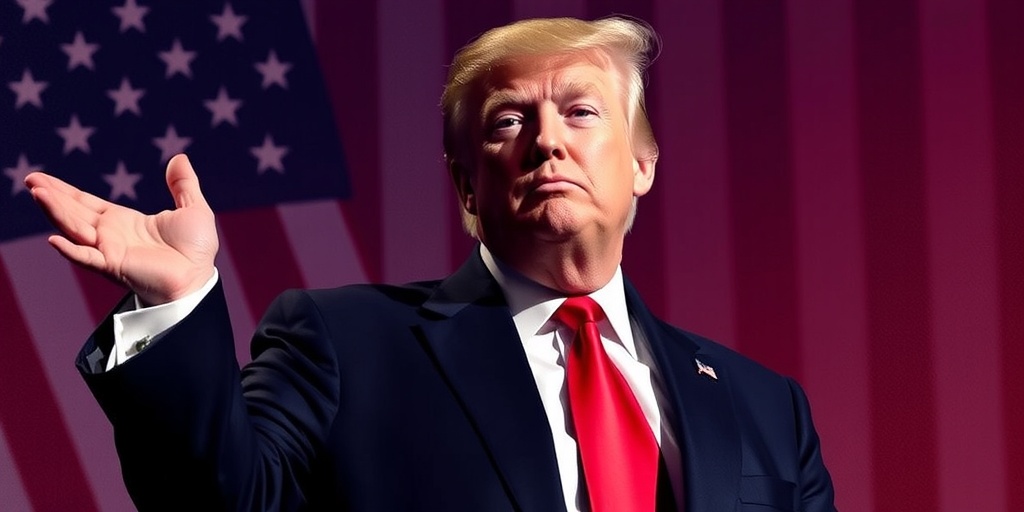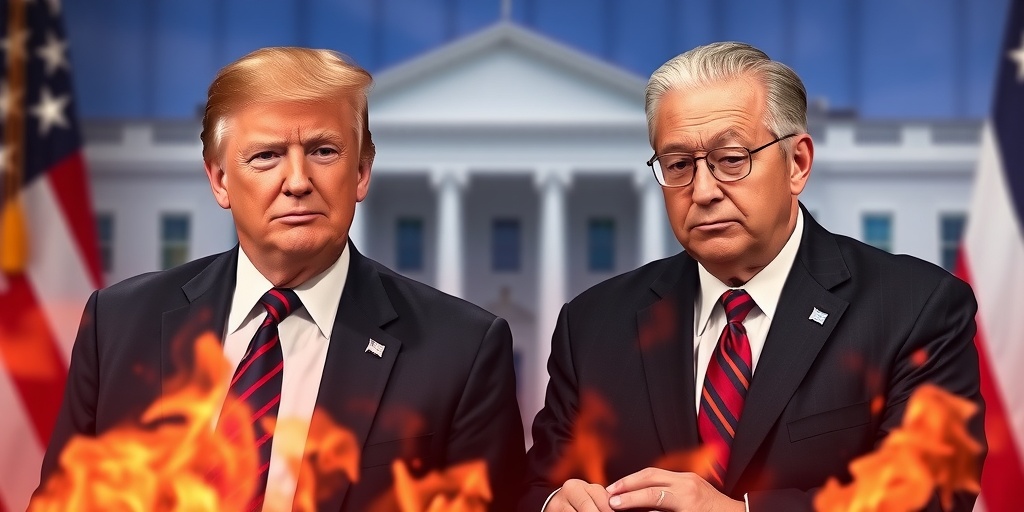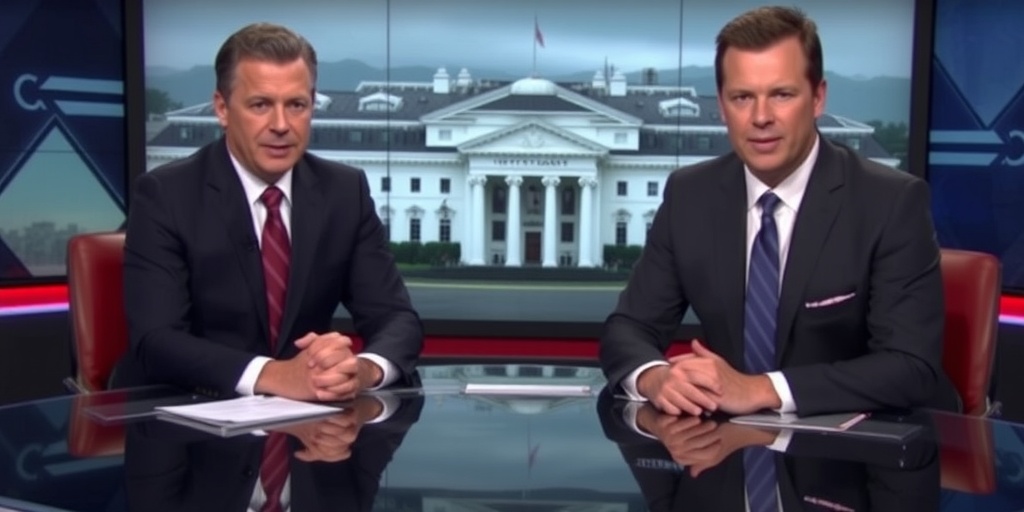Now Reading: U.S. Consumer Sentiment Declines Amid Rising Inflation Worries
-
01
U.S. Consumer Sentiment Declines Amid Rising Inflation Worries
U.S. Consumer Sentiment Declines Amid Rising Inflation Worries

Consumer Sentiment Declines Amid Economic Uncertainty and Inflation Fears
Recent data from the University of Michigan has revealed a significant drop in consumer sentiment, with Americans expressing increased concern over the economic outlook and heightened anxiety over inflation. This decline, reported on Friday, suggests that many consumers are bracing for potential difficulties as the nation navigates President Trump’s second term.
In the latest survey conducted by the university, it was disclosed that consumer sentiment fell by 11 percent in March, reflecting growing pessimism across various demographics, including age groups, income levels, and political affiliations. This marks the third consecutive month of declining consumer confidence, revealing a widespread worry about not only personal financial situations but also the overall job market and stability of stock markets. Since December, consumer sentiment has plummeted by an alarming 22 percent, signaling a substantial shift in public outlook.
Joanne Hsu, director of the Surveys of Consumers at the University of Michigan, highlighted that many participants cited a high level of uncertainty regarding economic policies as a major reason for their diminished confidence. "Frequent gyrations in economic policies make it very difficult for consumers to plan for the future, regardless of one’s policy preferences," she stated. This environment of unpredictability has compounded concerns about inflation and economic stability among consumers across the board.
Moreover, the survey indicated an upward revision in consumers’ expectations for inflation over both the short and long term. Specifically, consumers anticipate inflation to rise to 4.9 percent over the next 12 months, an increase from the previous month’s estimate of 4.3 percent. Expectations for inflation over a five-year horizon also saw a notable rise to 3.9 percent, marking the largest monthly increase since 1993. In contrast, the most recent Consumer Price Index report recorded an actual inflation rate of 2.8 percent, illustrating a stark contrast between consumer perceptions and economic realities.
Samuel Tombs, chief U.S. economist at Pantheon Macroeconomics, characterized the survey results as “a horrific report,” attributing the decline in consumer confidence to persistent economic policy uncertainty combined with a sharp decrease in stock prices. Such economic volatility severely undermines the optimistic outlook that many had held prior to these developments.
This preliminary data emerges at a time when President Trump and his economic advisers have begun to acknowledge that the ambitious plans to overhaul global trade through aggressive tariffs, adjust government spending, and reform the American immigration system may have detrimental effects on the economy. Trump has described this era as a "period of transition" and has not ruled out the potential for a recession, a statement that has sparked further volatility within financial markets.
On Friday, the S&P 500 index experienced a rebound after entering a correction phase earlier in the week, indicating a decline of 10 percent or more from its peak value. This fluctuation highlights the underlying instability reflecting consumer sentiment and economic policy.
Interestingly, one criticism levied against the University of Michigan survey in recent months has been the pronounced partisan divide in consumer outlooks. Traditionally, Republicans expressed a more positive view of the economy and inflation following Trump’s re-election, whereas Democrats tended to express a more negative sentiment. However, the recent data indicates that even Republicans and independents have begun to adopt a more pessimistic view regarding economic conditions.
The Federal Reserve is closely monitoring these expectation data, keeping an eye out for indications that its control over inflation might be deteriorating or that the economy could be facing a slowdown. Jerome H. Powell, the Fed chair, recently commented that sentiment data has not proven to be a reliable predictor of future consumer spending patterns, although he recognized the risks posed by policy uncertainty and tariffs to overall economic growth.
As the Fed prepares to hold its next meeting, it is widely anticipated that interest rates will remain steady. The central bank maintains a belief that the economy, despite ongoing uncertainty, still exhibits solid fundamentals. However, should inflation remain stubbornly high or begin to rise again, the Fed has indicated a willingness to delay interest rate cuts further into the future. Conversely, should signs of weakness emerge in the labor market, a more aggressive approach to rate cuts could be implemented sooner than initially expected.
As Americans navigate these challenges, the dichotomy between consumer expectations and economic data will continue to play a crucial role in shaping the nation’s economic landscape in the months to come. The ongoing uncertainty surrounding policies and their implications for both domestic and global markets will require vigilance and adaptability from policymakers and consumers alike.
Stay Informed With the Latest & Most Important News
Previous Post
Next Post
-
 01New technology breakthrough has everyone talking right now
01New technology breakthrough has everyone talking right now -
 02Unbelievable life hack everyone needs to try today
02Unbelievable life hack everyone needs to try today -
 03Fascinating discovery found buried deep beneath the ocean
03Fascinating discovery found buried deep beneath the ocean -
 04Man invents genius device that solves everyday problems
04Man invents genius device that solves everyday problems -
 05Shocking discovery that changes what we know forever
05Shocking discovery that changes what we know forever -
 06Internet goes wild over celebrity’s unexpected fashion choice
06Internet goes wild over celebrity’s unexpected fashion choice -
 07Rare animal sighting stuns scientists and wildlife lovers
07Rare animal sighting stuns scientists and wildlife lovers




















